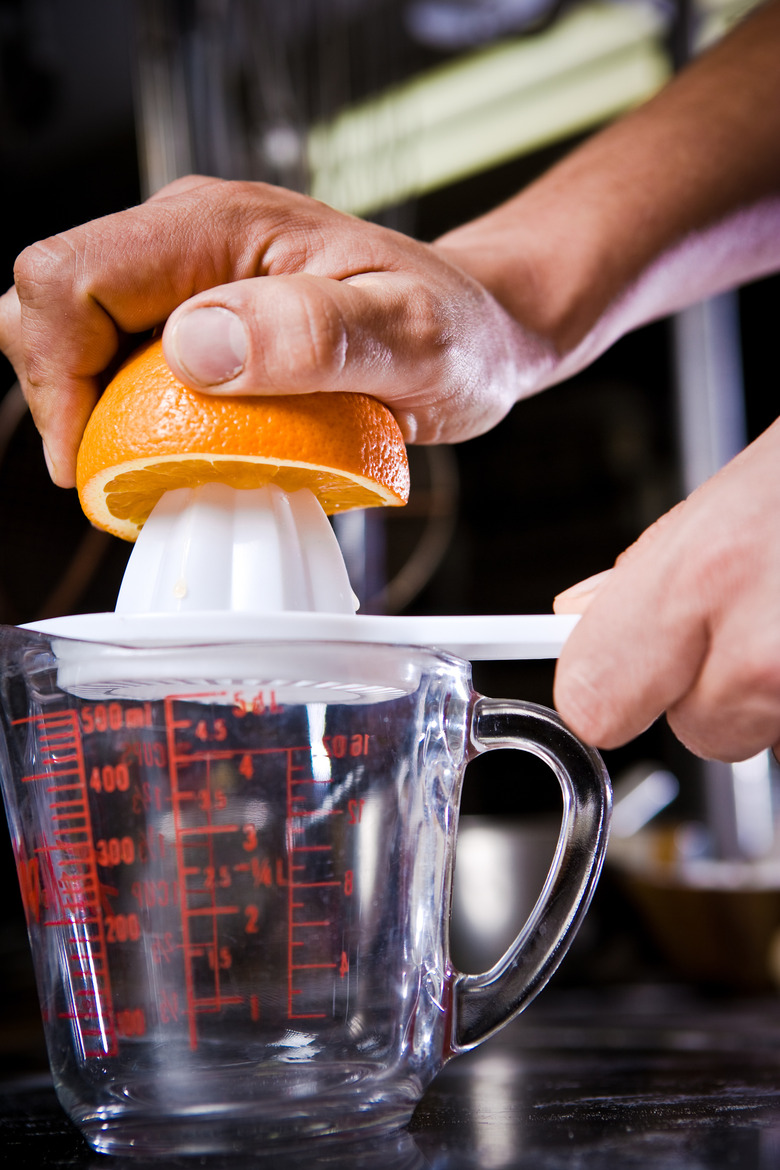Why Is Math Essential In The Culinary Field?
Pursuing a career in the culinary arts is not a way to escape the rigors of academic life. Successful chefs need strong skills in basic math. Without them, they would be stuck in the kitchen trying to convert recipes and add fractions while patrons wait for their meals.
Math Skills
Math Skills
Successful chefs need to be masters of basic arithmetic, including adding, subtracting, multiplying and dividing. They also need to be comfortable with both fractions and decimals. Most culinary programs require students to study math. For example, at South Seattle Community College, students have to take a class that enables them to master basic arithmetic, fractions, decimals, percents, ratios and both English units of measurement and the metric system.
Measuring Ingredients
Measuring Ingredients
Basic arithmetic is key for measuring ingredients. If a recipe calls for a 2-to-1 ratio of milk to water, it's necessary to easily recognize that 1 cup of water requires 2 cups of milk. It also is important to be able to easily count ingredients, including in fraction form. A 1-cup measuring cup needs to be filled 8.5 times when a recipe calls for 8.5 cups.
Altering Recipes
Altering Recipes
Recipes often need to be altered for larger or smaller volumes, as well as for flavor. To alter recipes, it is necessary to master multiplication and division, as well as ratios and percents. Some ingredients might need to be doubled or tripled, while ingredients such as leavening agents and spices likely will need to be added in different proportions depending upon the size of the recipe and the specific ingredients involved. Often, there's a specific formula to follow.
Converting Recipes
Converting Recipes
A recipe written in the metric system needs to be converted if only English-system measuring units are available. Because conversions often are in decimal form — a gram is about 0.035274 ounces — it's important to know how to master decimals when measuring ingredients. Being able to easily convert recipes ensures that only one set of measuring supplies is necessary and that recipes can be mastered no matter how they are written.
Cite This Article
MLA
Thompson, Van. "Why Is Math Essential In The Culinary Field?" sciencing.com, https://www.sciencing.com/math-essential-culinary-field-2291/. 24 April 2017.
APA
Thompson, Van. (2017, April 24). Why Is Math Essential In The Culinary Field?. sciencing.com. Retrieved from https://www.sciencing.com/math-essential-culinary-field-2291/
Chicago
Thompson, Van. Why Is Math Essential In The Culinary Field? last modified August 30, 2022. https://www.sciencing.com/math-essential-culinary-field-2291/
